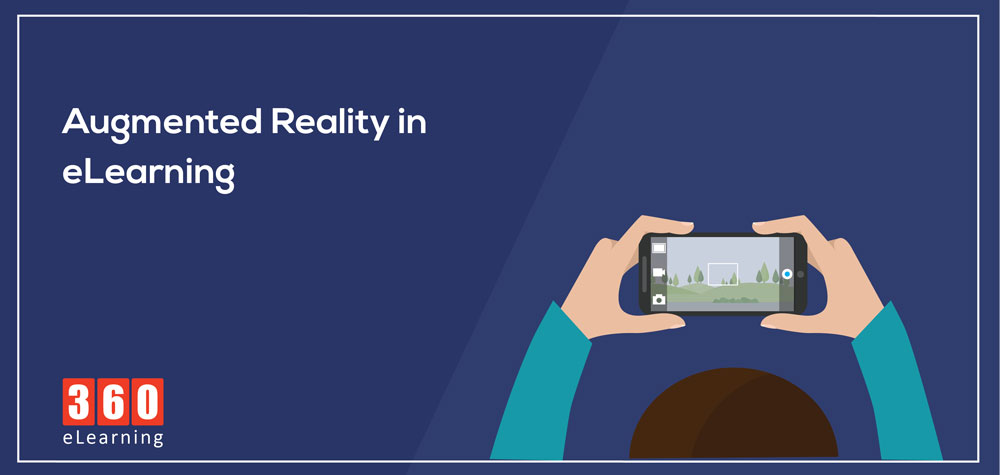Augmented reality in eLearrning and education will soon revolt learning as we know it. AR will fully change location and timing of study process and open additional ways and methods. Finally, AR capabilities may make classes more transformational and engaging.
Educators know for sure that learning can’t include just learning and reading parts and they are thinking of how to effectively use augmented reality in elearning and education. It should have creative and interactive elements as well. Meanwhile there is for no need pedagogues to become students’ best friend to get them involved into science. Everything pedagogues need is to get students interested in subject and AR helps it a lot.
Nowadays we may find some excellent examples of augmented reality in education usage worldwide. Ability to connect reality and digital content has slowly become true and opens more options for pedagogues and students.
- Augmented Reality Classroom
- Explain abstract and difficult concepts
- Involving and interacting
- Discover and Learn
- Objects modeling
- Interactive books
- Skills training
Augmented Reality in eLearning and Education Apps
Elements 4D
Elements 4D are developed by DAQRI studio to introduce augmented reality in eLearning and education. Application supports students in exploring fields of chemistry subjects by allowing to combine different elements to see how they react in reality. To start it, the teacher and students should have special triggers on printed cards.
Anatomy 4D
Best suitable for medical students’ needs. By scanning printed targets application shows 3D model of human body and allows to interact with it. Users may customize any part of human body, look how parts fits, how different are joint moves and how function human organs.
Corinth Micro Anatomy
This is another human body anatomy application that may be interesting for medical learners. Application creates interactive models of human body while aiming at special triggers on paper. Organs may be shown one by one or in connection with other systems for better explaining how it works in general.
Human Heart 3D
Another AR anatomy application with much shorter content base, but much deeper. Students may explore human heart in details. 3D model of heart completed with animation to view how it works, using support of text tips with explanations about heart’s functionality and anatomy.
Math alive
Developed by Alive Studio Math alive is designed for usage by PreK-3 students. By using AR features the application connects computer, camera and special printed cards in one complex system. Pupils under leading of a teacher place cards under camera and practise in basic numeracy and counting skills.
Animal Alphabet AR Flashcards
To engage children in learning letters the application uses AR capabilities to scan special cards and bring live animals on them. Application helps pupils to study letters and remember them, as well as sounds that animals make.
Bugs 3D
The application is developed by Popar Toys specially to support children in learning insects. Wandering around in real environment to find AR bugs, kids receive not only text description of that, but also ability to interact, move and place it whatever they want.
Tools to Create AR Content for eLearning
Augment
Augment reality tools have few packs suitable for education purpose in schools and universities. It’s mainly focuses on providing users with the ability to visualize 3D models. But, application also supports users with all tools that anyone require to represent existing models or design different own one.
ZVR
Powerful tool by Zspace company is developed with a wide toolkit for creating education materials. Students, supported with special glasses and styles, may interact with AR objects to customize them, rotate, move etc.
Though it is developed mainly for education there is no doubt that others like engineers and designers adopt it for their own needs.
Daqri Sudio
The application developed by DARQI is a heavy creative tool in making own AR education projects. The best examples of these education apps for classroom are Anatomy 4D and Elements 4D.
Blippar
Blippar AR creation tool which has already been used in different education projects making a good streamline for augmented reality in eLearning. It also have partnerships with different printed media and magazines. Blippar enables to review the main topic of those as 3D interactive model. Visualization and interaction works well in purpose for deeper and better understanding of the text.
Aurasma and Layar
These are two most powerful and popular tools to create AR content. Both of them may be used for various things, not just for education. But to anyone who wants to try himself in creation AR content it is recommended to start with those two. Both of them have most user-friendly constructors, also supported with tons of guides and tutorials.
AR content may be designed only via web-based Layar Creator.



Thanks for this article.
You are welcome, stay tuned.